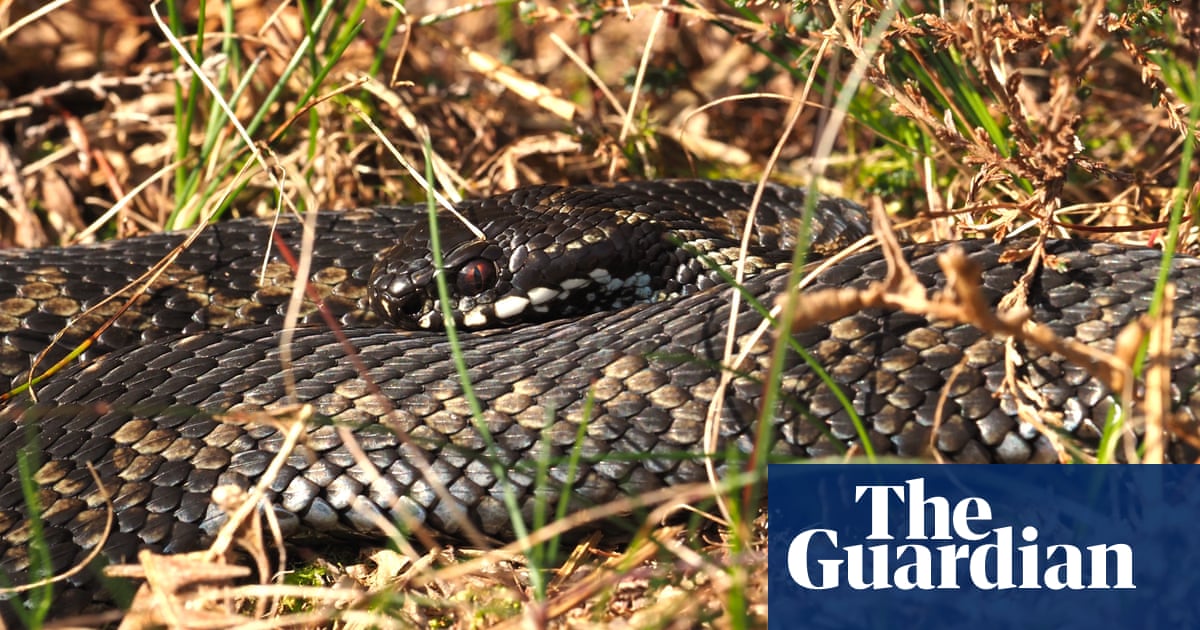
This will hurt tomorrow morning, warns my ageing back. But it’s a year since the vegetable patch was dug and it has to be done: creeping buttercup has run riot. Ranunculus repens is a surreptitious invader whose stolons creep over the soil, sinking deep roots from their tips and sprouting new plants that repeat the performance. Give one plant an inch and its clonal progeny will take a square yard.
The buttercups are consigned to the compost bin. Leaning on the garden fork, watching a blackbird pounce on uncovered worms, I can see another weed that I missed: lesser celandine (Ficaria verna), a close relative of buttercup. Its rosette of marbled, spoon-shaped leaves has unfurled and lies flat against the soil, intercepting every available photon of weak February sunshine.
Every year, this ambitious wild flower appears somewhere new in the garden. The particular form that grows here is subspecies bulbifera, which reproduces via detachable buds called bulbils, about the size of a rice grain, that form in leaf stalk bases. By early summer the celandines will have withered, leaving these propagules on the soil surface, dormant until spring. Then, where there was one plant, there will be many cloned copies of their parent.
Lifting this latest arrival in the vegetable garden reveals that it has already formed haemorrhoid-shaped underground tubers which, in accordance with the ancient doctrine of signatures, indicated its medicinal virtues and conferred its apothecary’s name, pilewort. “Bathed with the juice mixed with wine or with the sick man’s urine, [piles] are drawn together and dried up, and the pain quite taken away,” John Gerard assured sufferers in his 1597 book The Herball.
For years, I’ve inadvertently transported bulbils around in mud on my boots. To a pernickety gardener, this proliferation of pilewort might seem a pain in the bum, but my aching back knows that there’s now no hope of digging it all out; nor would I want to. I like the idea of its starry yellow flowers blooming in my footsteps, providing pollen and nectar for tawny mining bees, bee flies and the first butterflies emerging from hibernation in spring. Meanwhile, the vegetable garden upstart has been transplanted under the hedge.












